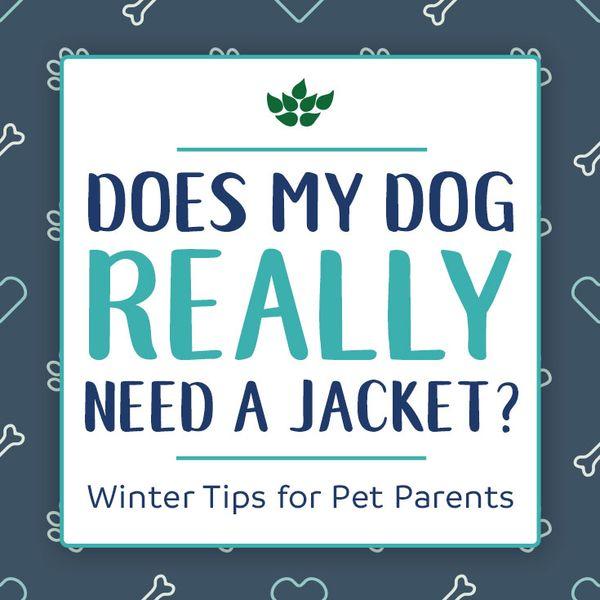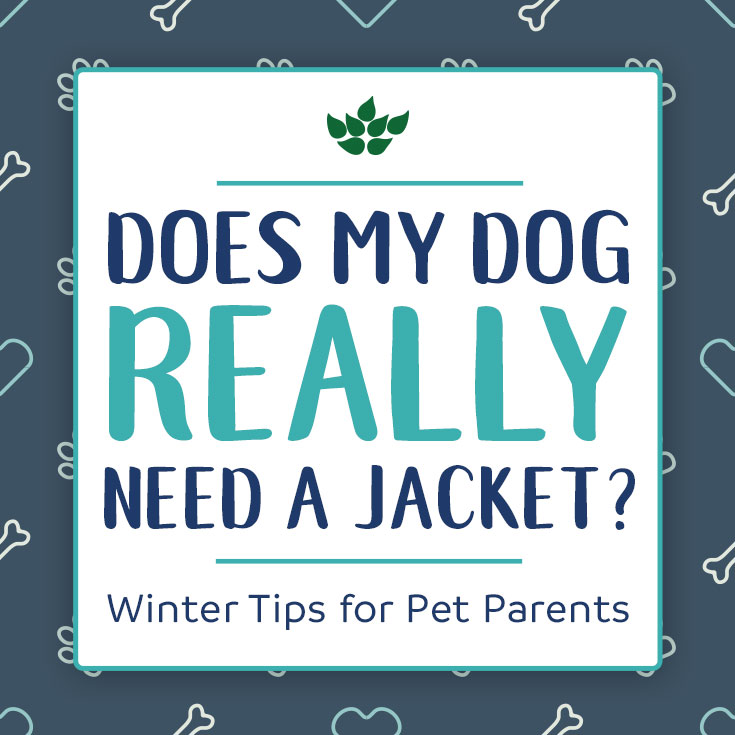It goes without saying that winter is rough. Cold temperatures, lack of sunlight, dry air and poor driving conditions can all make the season a drag. Your dog struggles in the winter, too! Just like humans, dogs are susceptible to dry and cracked skin, frostbite and slips on icy walkways. We put together some helpful tips and advice to keep your dog happy and safe during the winter months.
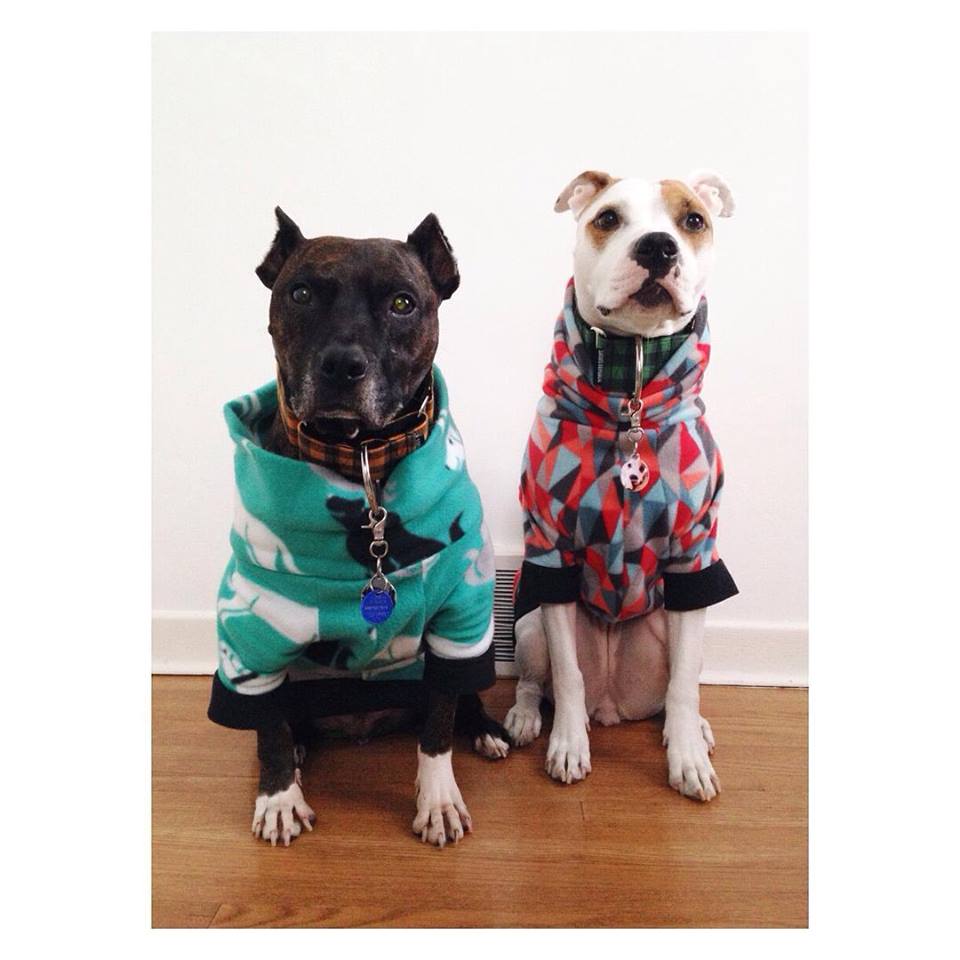
5 Basic Outdoor Safety Tips for Dogs
- Always keep a collar with current tags on your dog. You can purchase ID tags online or have them made at any major pet store. It is helpful to have a city license or rabies tag, but those do not provide immediate contact information. By having your current phone number on your dog’s tags, you can make sure your beloved gets back to you quickly. Microchips are also becoming popular as an additional form of identification.
- Don’t leave your dog in the car unattended. There are too many unfortunate things that can happen such as hypothermia, hyperthermia, theft and more. The risk simply isn’t worth it.
- Avoid having your dog off-leash. Even the most well-mannered dog can be distracted by a passing dog, car or squirrel, and tragedy can quickly ensue.
- For the safety of both you and your dog, don’t use a flexi-leash (retractable leash). The length of some retractable leashes can extend up to 26 feet or more, making it hard to maintain proper control of your dog. Without this control, your dog can get into the street or confront a non-friendly critter in a yard and be in danger. Flexi-leashes also pose a risk to humans. If you get tangled up in the cord, injuries like cuts, rashes, broken bones, burns and even amputation in extreme cases can occur. (healthypets.mercola.com)
- Monitor your dog when they are outside. Dogs can get into chemicals if they have access to the garage or shed. Be mindful of what is in your yard, too. Unfortunately, it is not uncommon for malicious-minded people to throw things in the yard that are poisonous to dogs if ingested.

10 Winter Care and Safety Tips for Dogs
The most basic safety tip is don’t leave your dog outside for long periods of time. This is true in both the summer and winter. Just like humans, dogs need proper shelter and are prone to hypothermia, frostbite and, in extreme cases, death. If you do leave your dog outside for long periods of time, ensure that they have access to a heated shelter and non-frozen water. If dogs don’t have fresh drinking water, they are more prone to drinking things they shouldn’t. Winter is also a common time for dogs to get into anti-freeze puddles. Anti-freeze has a sweet taste to dogs but is almost always deadly.
- When you are outside with your dog, limit play time to 20 to 30 minutes with the proper winter gear.
- Go on frequent short walks to limit their outside time but also get them exercise.
- Know your dog’s tolerance for the cold. If your dog is shivering, trembling, whining, curling up their paws or showing other signs of being cold, get them to warmth quickly.
- To prevent slips and falls, especially for senior pets, use a pet safe ice-melt (such as Morton’s Safe-T-Pet® Ice Melt) to reduce ice and provide traction. Avoid using salt and other types of de-icers that can be harsh on a dog’s paw pads. Some ice melts are poisonous if licked and ingested.
- Shovel paths in your yard so your dog can quickly and easily do their business and get back inside.
- Wipe their feet each time they come inside. This removes chemicals such as ice melts and any built-up snow and ice between their pads.
- Dogs that are active outside during winter need more nutrition. Exercising in cold weather burns more calories since the body is also working to keep warm. Make sure to provide extra food to help maintain their current weight.
- Don’t shave your dog. Their fur is what protects them from the harsh elements.
- Be prepared. You should keep at least five days of dog food on hand in case of an emergency where you are unable to leave your home.
- Pet emergency survival kits can literally be a lifesaver. You can buy kits online or make up your own kit at home with food, water, blankets, a first aid kit, dog bowls, leash, collar and any necessary medications for your dog.
Winter Must-Haves for Dogs
Is your dog’s fur enough to keep them warm? Usually not! During winter, buy outdoor gear for them to keep warm. Pets also should have access to warm options in the house, too. What are some of the must-have products for pet owners in the winter?
For indoors:
- Thick blankets
- Burrow beds
For outdoors:
- Snoods and scarves
- Jackets/coats/sweaters
- Boots like Pawz
You can find most of your dog’s outerwear needs at any major or local pet store or websites like Etsy for personalized and specific outwear. Plus, it is fun to see what is out there!
How to Make Your Own DIY Paw Balm
It is especially important to keep your dog’s paws and pads in good condition during winter. This can be done by wiping their paws frequently and by using a paw protection balm. There are many great balms that can be purchased, but you can also make your own at home.
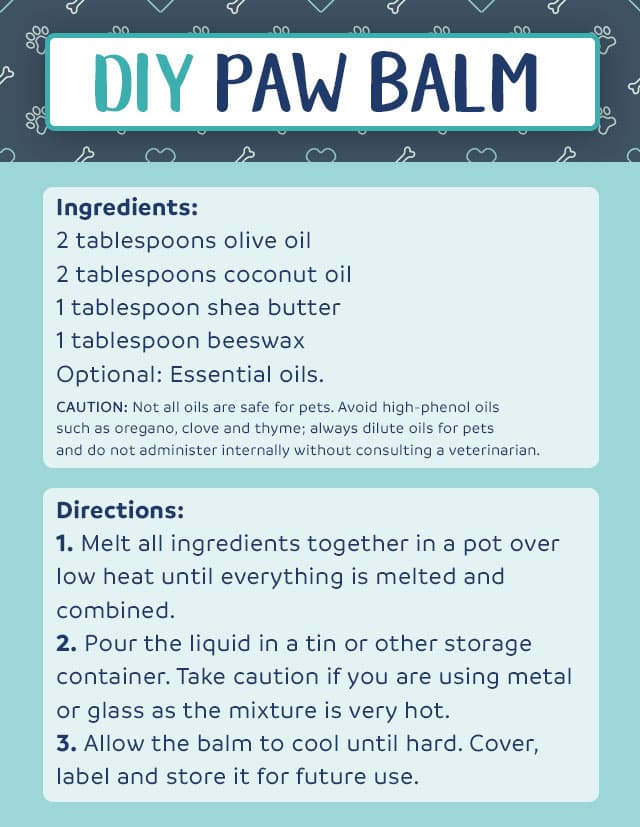
DIY Paw Balm – GoodDogsCo
Ingredients:
- 2 tablespoons olive oil
- 2 tablespoons coconut oil
- 1 tablespoon shea butter
- 1 tablespoon beeswax
Optional: Essential oils. CAUTION: Not all oils are safe for pets. Avoid high-phenol oils such as oregano, clove, and thyme; always dilute oils for pets and do not administer internally without consulting a veterinarian.
Directions:
- Melt all ingredients together in a pot over low heat until everything is melted and combined.
- Pour the liquid in a tin or other storage container. Take caution if you are using metal or glass as the mixture is very hot.
- Allow the balm to cool until hard. Cover, label and store it for future use.
Outdoor Activities
Winter doesn’t have to mean that you and your dog completely avoid the outdoors. There are ways to make outside time fun and safe!
- Take short and frequent walks to get exercise with your dog.
- Go on a quick trip to the dog park.
- Take some treats with you outside and have your dog smell them before hiding them around the yard in the snow.
If you can’t get outside during awful weather days, try 11 popular indoor dog activities.
Winters can be rough, but with a little effort and preparation, they can still be enjoyable for both you and your pet!
What do you and your dog do during the winter? Does your dog have any favorite winter outer gear? Share a picture in the comments!
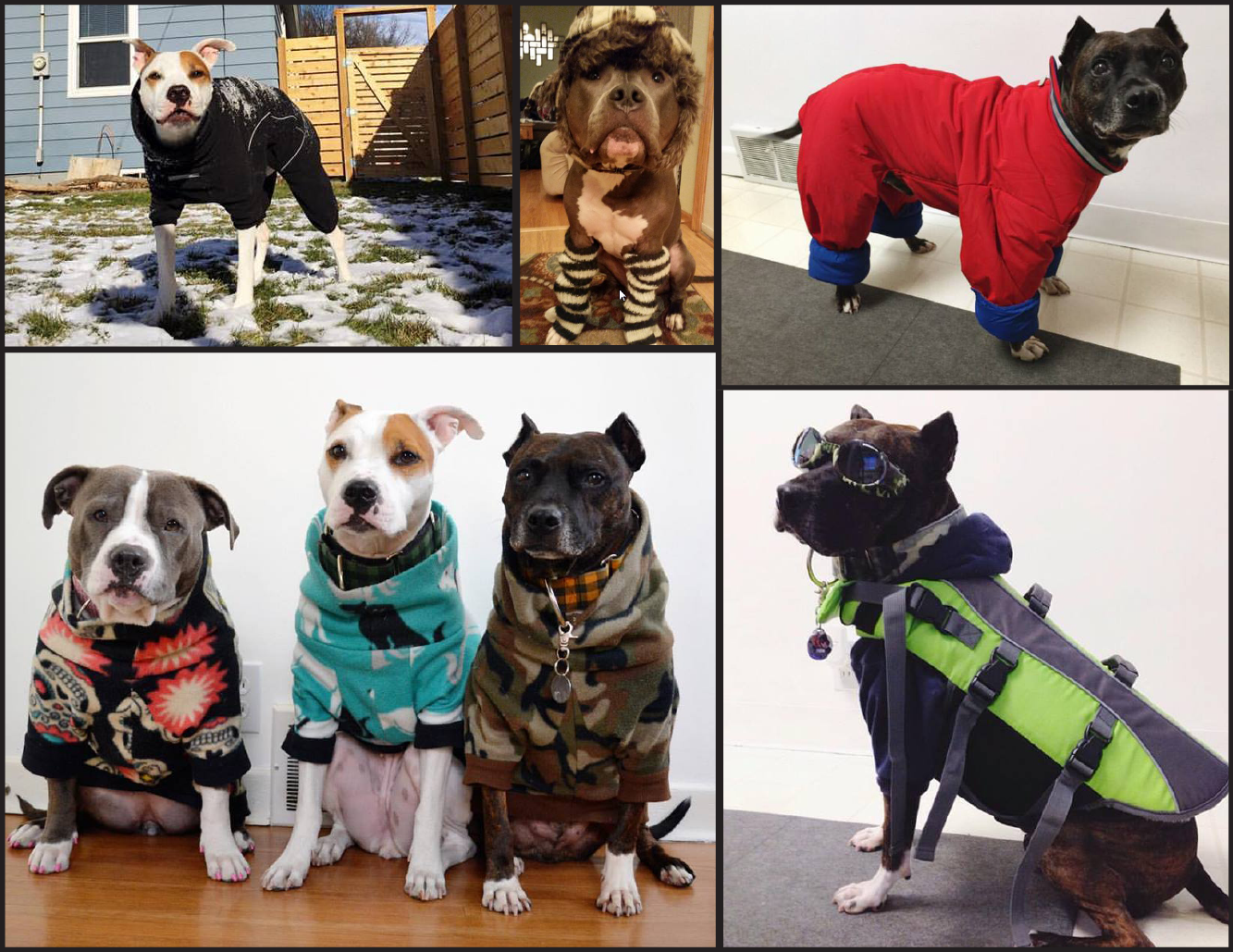
Sources:
Photos courtesy of:
